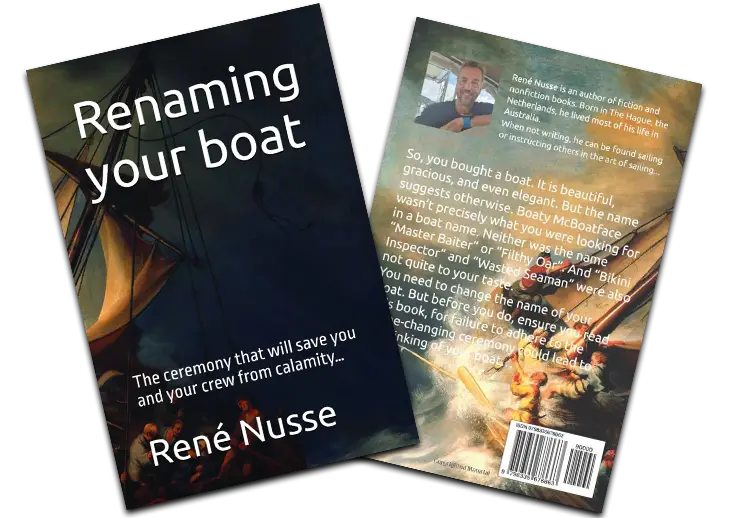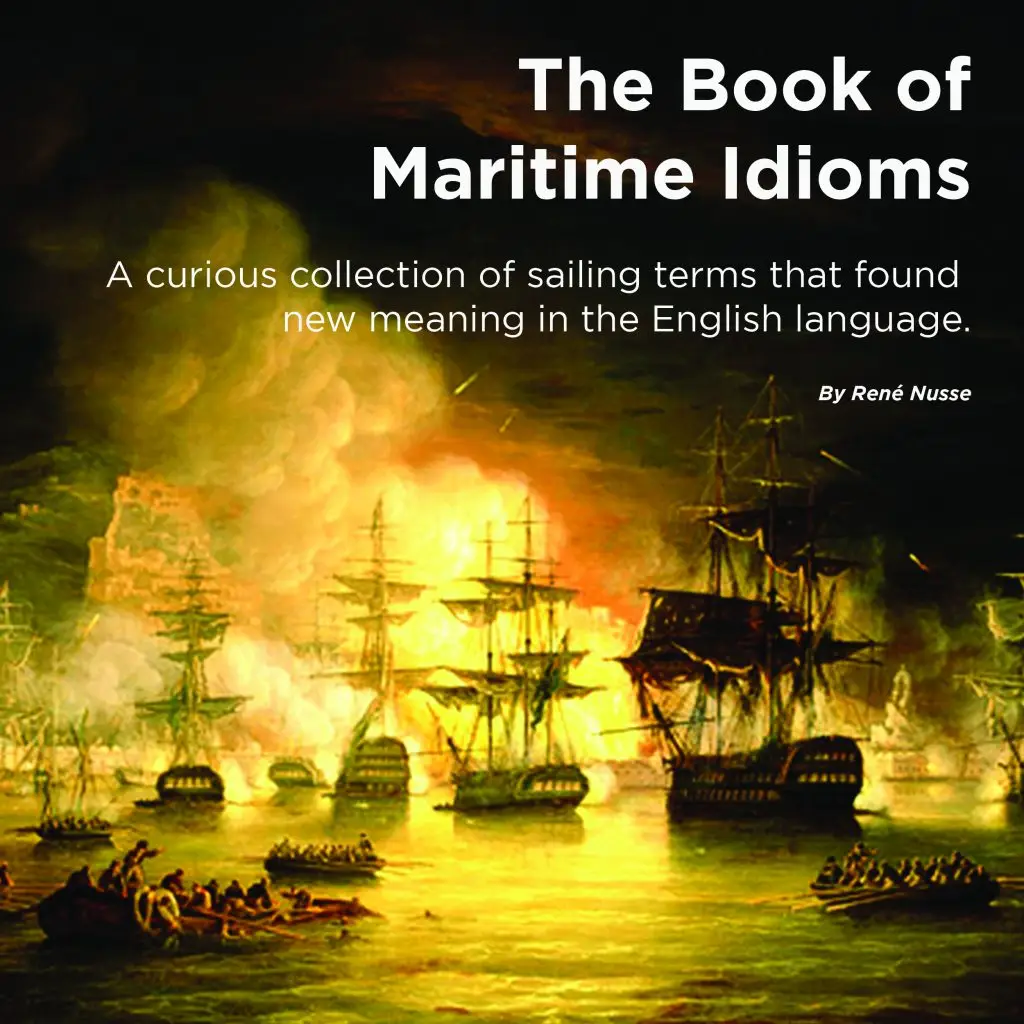The America’s Cup: A Deep Dive into the World’s Oldest and Most Prestigious Sailing Race
The America’s Cup is not just a sailing competition but a symbol of prestige, innovation, and national pride. As the oldest international sporting trophy, its history stretches back over 170 years, shaping the development of yacht racing and marine technology in unprecedented ways. This article delves into the storied past of the America’s Cup, examines its triumphs and controversies, tracks the evolution of sailing technology, and explores the current state of the competition in the 21st century.
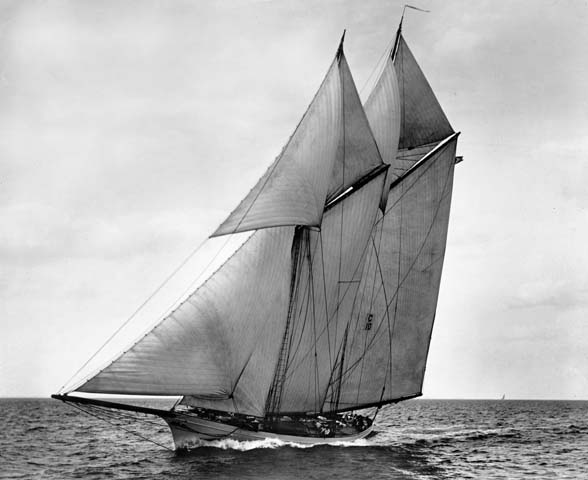
Origins: The Birth of a Legend (1851)
The America’s Cup traces its roots to 1851 when the schooner America, representing the New York Yacht Club (NYYC), sailed across the Atlantic to compete in a race around the Isle of Wight, hosted by the Royal Yacht Squadron of England. America’s victory over 15 British yachts was so convincing that Queen Victoria reportedly asked, “Who came second?”—to which the famous reply was, “Your Majesty, there is no second.”
Following this triumph, the owners of America donated the trophy to the NYYC under a “Deed of Gift,” stipulating that it be held as a perpetual challenge trophy to promote friendly competition between nations. Thus, the America’s Cup was born—not as a fixed regatta, but as a match race between a defender and a challenger.
The Era of Dominance: NYYC’s 132-Year Reign (1851–1983)
From 1851 until 1983, the New York Yacht Club defended the Cup 24 times without loss. This period established the foundation of America’s Cup tradition: races held in the defender’s home waters, custom-designed yachts, and strict control by the defender over the format and rules.
Highlights of the NYYC Era:
J-Class Era (1930s): The glamorous and powerful J-Class yachts, with their towering masts and enormous sails, symbolised the wealth and opulence of pre-WWII America’s Cup.
Post-War Resurgence (1958 onwards): After a hiatus during WWII, the Cup resumed in 1958 with 12-Metre Class yachts, smaller but still technically demanding. This era featured iconic yachts like Intrepid and Courageous.
Ted Turner’s Victory (1977): Media mogul Ted Turner skippered Courageous to a decisive win, reviving public interest in the event.
However, as the 1980s approached, technological and political pressures began mounting, and the NYYC’s long-standing dominance was soon to be challenged.
The Watershed Moment: Australia II and the Winged Keel (1983)
The 1983 America’s Cup became a defining moment in sailing history. Representing the Royal Perth Yacht Club, Australia II shocked the world by defeating Liberty in a dramatic 4–3 comeback. Skippered by John Bertrand and designed by Ben Lexcen, Australia II featured a revolutionary winged keel that enhanced stability and manoeuvrability.

This victory:
Ended the NYYC’s 132-year winning streak—the longest in sports history.
Marked the beginning of greater international participation.
Shifted the balance of power and made the Cup a truly global contest.
The emotional resonance of the win was captured in the words of Australia’s then-Prime Minister Bob Hawke: “Any boss who sacks anyone for not turning up today is a bum.”
The Legal and Technical Arms Race (1987–2007)
Following the 1983 upset, the America’s Cup entered a period characterised by dramatic innovation, contentious legal battles, and increasingly complex yacht designs.
Notable Moments:
1988 Deed of Gift Match: In a controversial challenge by New Zealand, the Cup was contested between a monohull and a catamaran (Stars & Stripes). Though legally permissible, it led to a court battle and criticism over sportsmanship.
Internationalisation and the Louis Vuitton Cup: From 1983 onwards, the challenger selection series, backed by Louis Vuitton, became a critical part of the event, encouraging more countries to enter.
1995 – Team New Zealand Triumphs: Black Magic dominated the Cup, bringing it to Auckland. New Zealand’s defence in 2000 was equally convincing, further establishing it as a sailing powerhouse.
2003 – Swiss Disruption: Alinghi, led by Ernesto Bertarelli and supported by a multinational crew including New Zealanders, won the Cup for the Société Nautique de Genève—the first European victory in over 150 years.
The Foiling Revolution and High-Speed Era (2010–Present)
The 21st century has seen the America’s Cup transformed by dramatic technological changes, most notably the introduction of foiling yachts—boats that lift above the water to reduce drag and reach blistering speeds.
The 2010 Match – Oracle’s Legal and Technological Victory:
After years of legal disputes over the Deed of Gift, the 33rd America’s Cup was a one-on-one race between Alinghi and Oracle Team USA. Oracle’s trimaran with a towering rigid wing sail defeated Alinghi’s catamaran. It marked:
The first Cup was won with a trimaran.
A turning point toward aeronautical engineering in sailing.
2013 – The Comeback of the Century:
Held in San Francisco, the 34th America’s Cup featured AC72 foiling catamarans capable of speeds over 40 knots. Oracle Team USA staged an unprecedented comeback from 1–8 down against Emirates Team New Zealand to win 9–8. The event thrilled spectators and brought sailing to a new level of mainstream media exposure.
2017 – Bermuda and the Foiling AC50s:
Oracle lost the Cup to Team New Zealand, which introduced pedal-powered “grinding” systems and outperformed in innovation and execution.
Today’s America’s Cup: Cutting-Edge, Controversial, and Captivating
The 36th America’s Cup (2021 – Auckland):
Winner: Emirates Team New Zealand successfully defended against Luna Rossa Prada Pirelli.
Yacht Class: AC75 monohulls with foiling capabilities, a radical design combining traditional hull shapes with modern foiling tech.
Innovations: Boats achieved speeds of over 50 knots, crew roles were increasingly specialised, and onboard computers were critical.
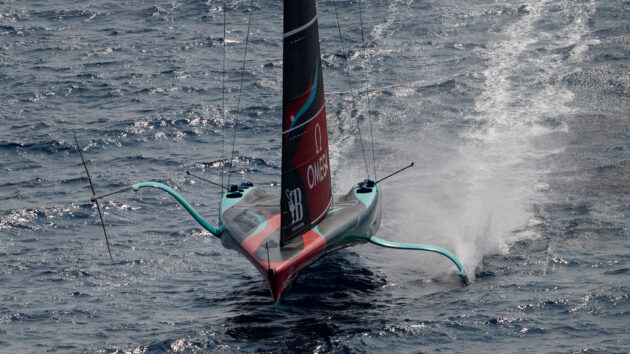
Upcoming 37th America’s Cup (2024 – Barcelona):
Format: AC75 foiling monohulls will be used again.
Youth and Women’s Regattas: For the first time, the America’s Cup will feature parallel events to develop future sailing talent.
Teams: Defender (Emirates Team New Zealand) will face the winner of the Challenger Series (likely INEOS Britannia, Luna Rossa, Alinghi Red Bull Racing, or American Magic).
Spectator Experience: With high-definition live feeds, augmented reality graphics, and GPS telemetry, fans can follow the races with unprecedented clarity.
Technological Innovations: Sailing Meets Science
Throughout its history, the America’s Cup has driven some of the most radical innovations in marine technology. Some major areas include:
Hull Design: From displacement hulls to foiling catamarans and monohulls.
Materials: The transition from wood to aluminium, then to carbon fibre composites.
Sails: Rigid wing sails offer unmatched efficiency, behaving more like aeroplane wings than traditional sails.
Control Systems: Hydraulic and electronic systems help fine-tune trim and foil positioning.
Crew Specialisation: Roles like “flight controller” and “cyclor” (pedal-powered grinders) highlight the fusion of athleticism and engineering.
These advancements have impacted high-performance sailing and trickled down to cruising yachts and commercial vessels.
Controversies and Criticism
No story of the America’s Cup would be complete without acknowledging its controversies:
Legal Disputes: Many editions have involved court cases over eligibility and interpretation of the Deed of Gift.
Cost Barriers: Mounting campaigns can cost over $100 million, limiting participation and reinforcing their elitist image.
Technological Disparity: The performance gap between teams with different levels of resources can undermine close competition.
However, defenders argue that these elements are intrinsic to the Cup’s identity—a test of sailing skill, vision, innovation, and boldness.
Legacy and Cultural Significance
The America’s Cup has inspired literature, cinema, and generations of sailors. It remains a badge of honour for designers, engineers, and nations. While niche compared to mainstream sports, its influence on nautical design, sports broadcasting, and international sporting diplomacy is immense.
Conclusion: The Eternal Challenge
From America’s symbolic victory in 1851 to the high-flying AC75s of today, the America’s Cup has always represented more than a yacht race. It combines art and science, competition and cooperation, tradition and transformation. As it sails into its third century, the Cup continues to be a crucible where innovation, ambition, and legacy meet the sea.
Whether you’re a sailor, a tech enthusiast, or a sports lover, the America’s Cup remains one of the most compelling stories in human achievement on water.
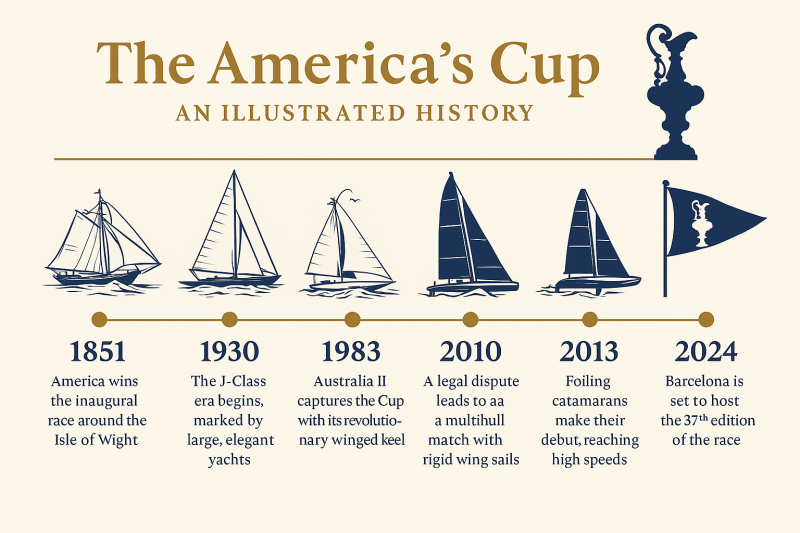
Author
-

Rene is a keelboat instructor and sailing coach in the Mandurah area WA. He is also the author of several books about sailing including "The Book of Maritime Idioms" and "Renaming your boat".
View all posts

